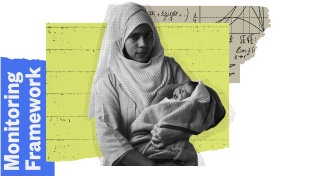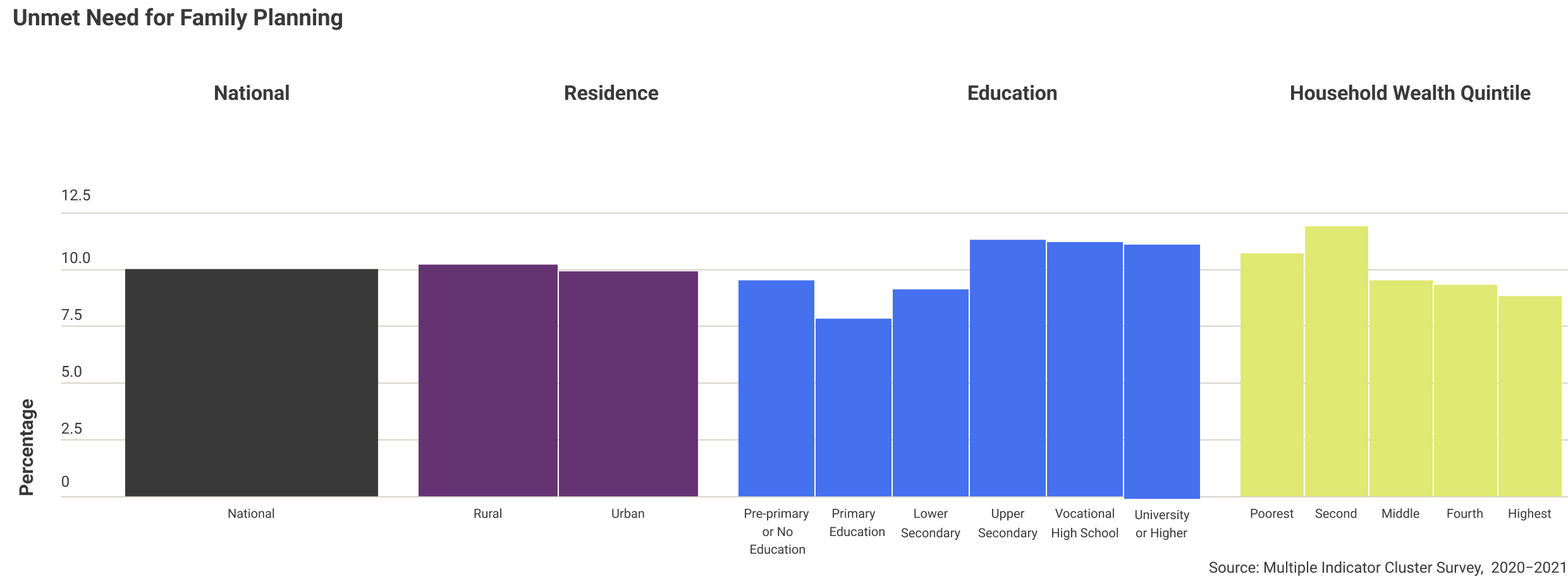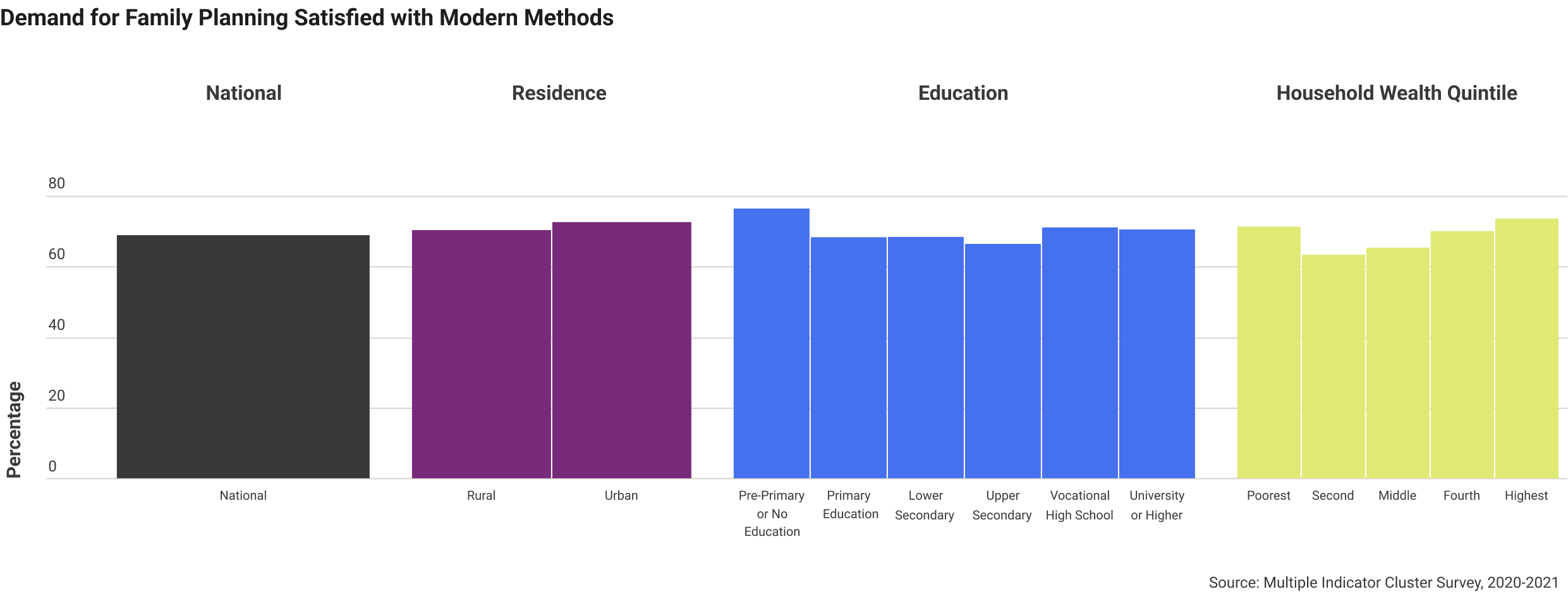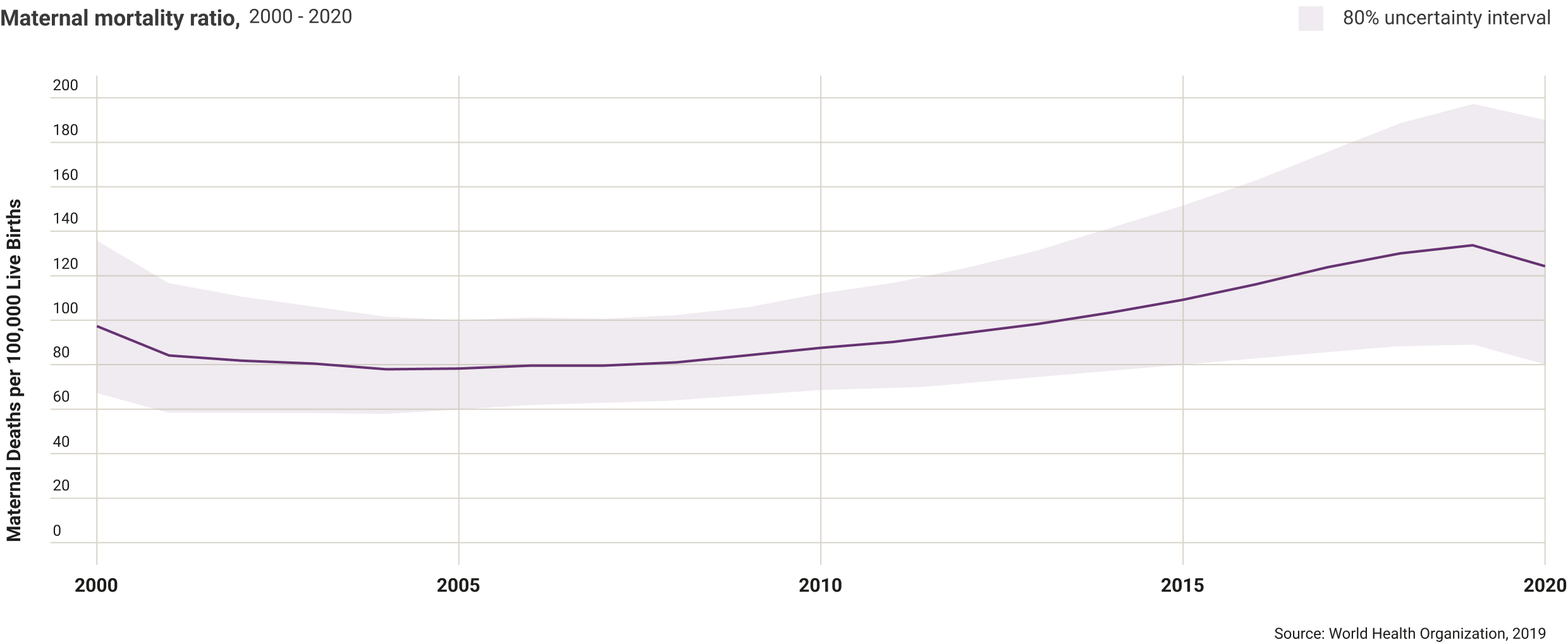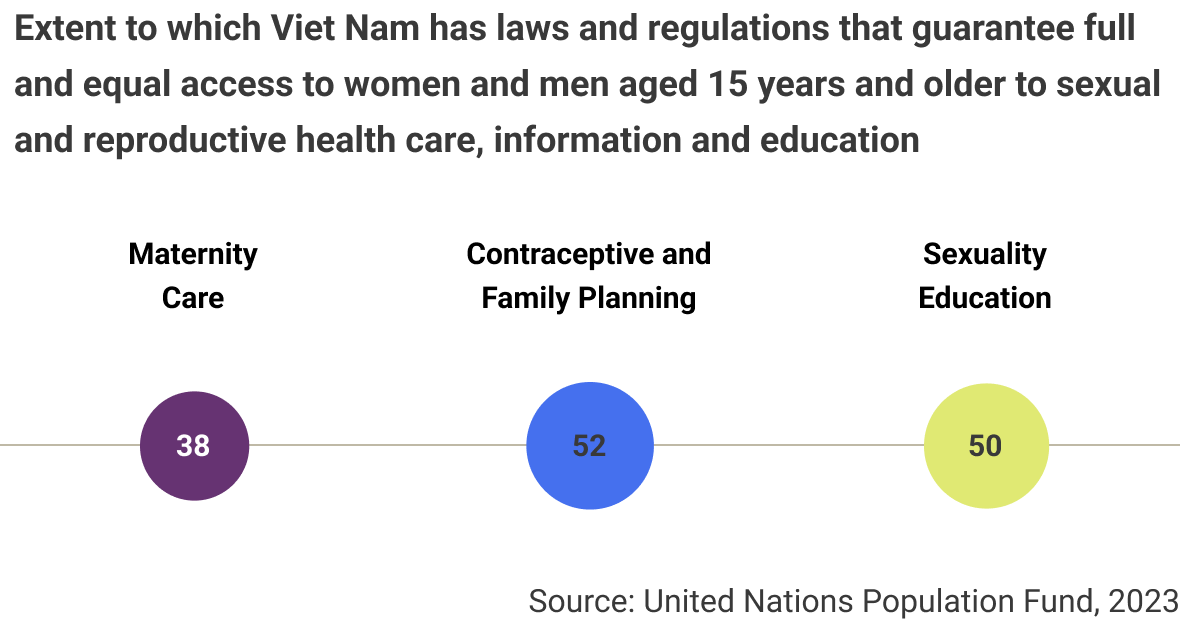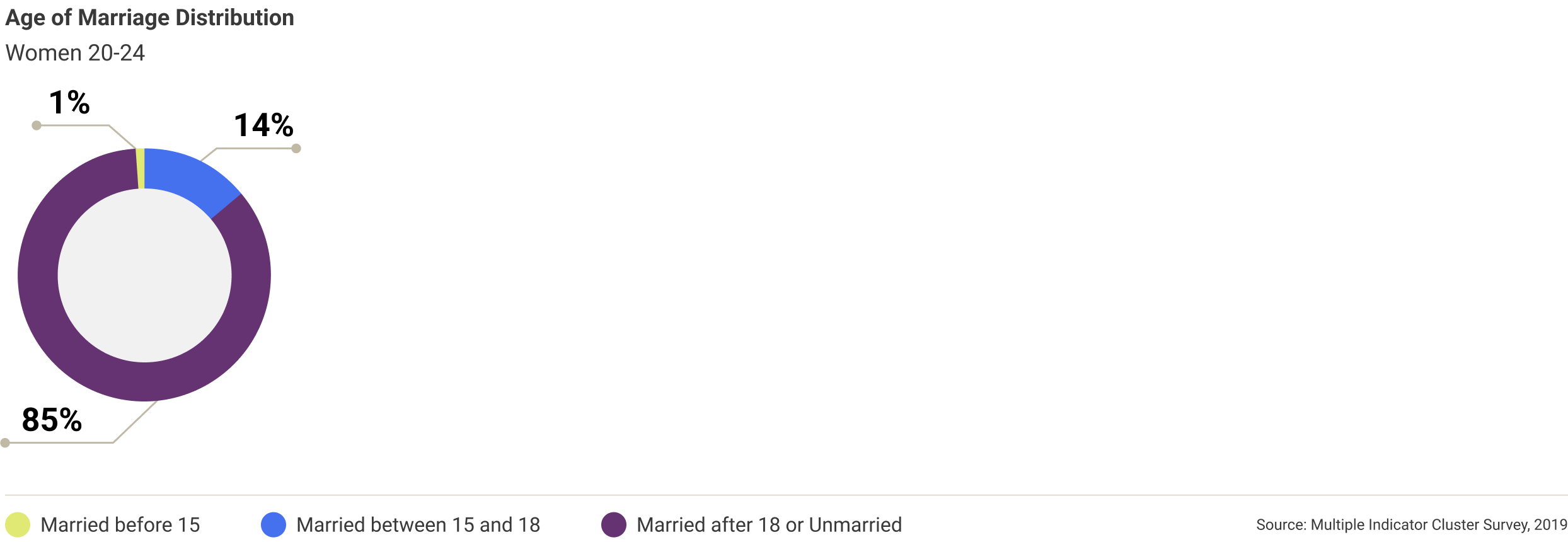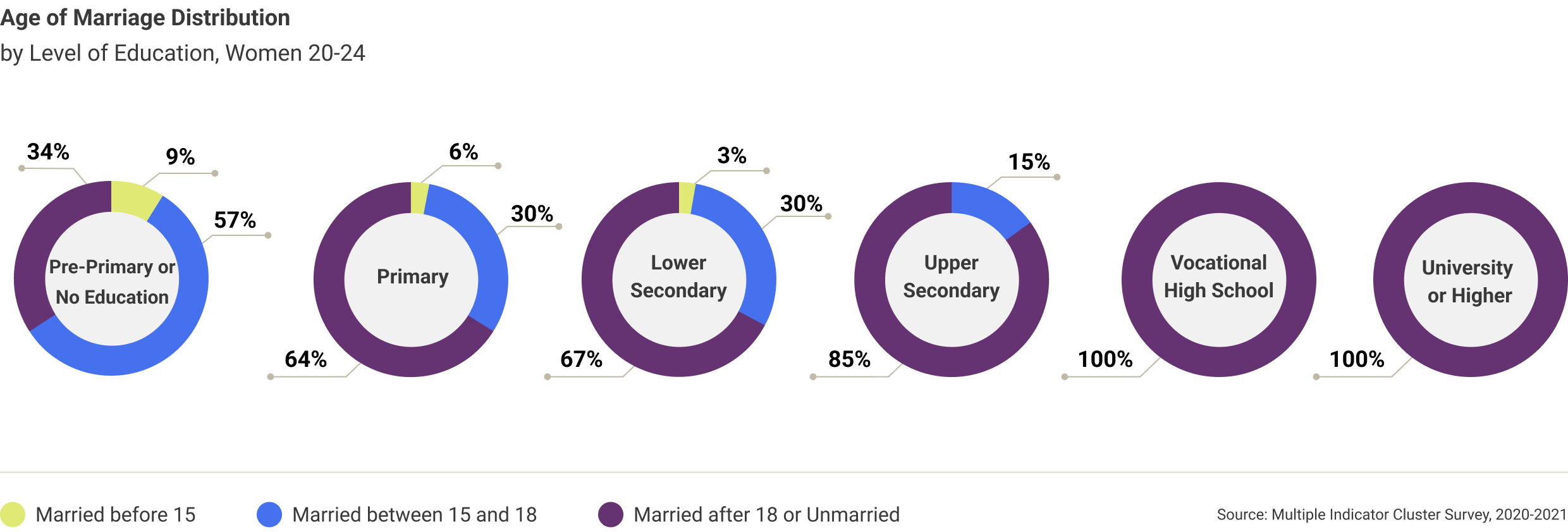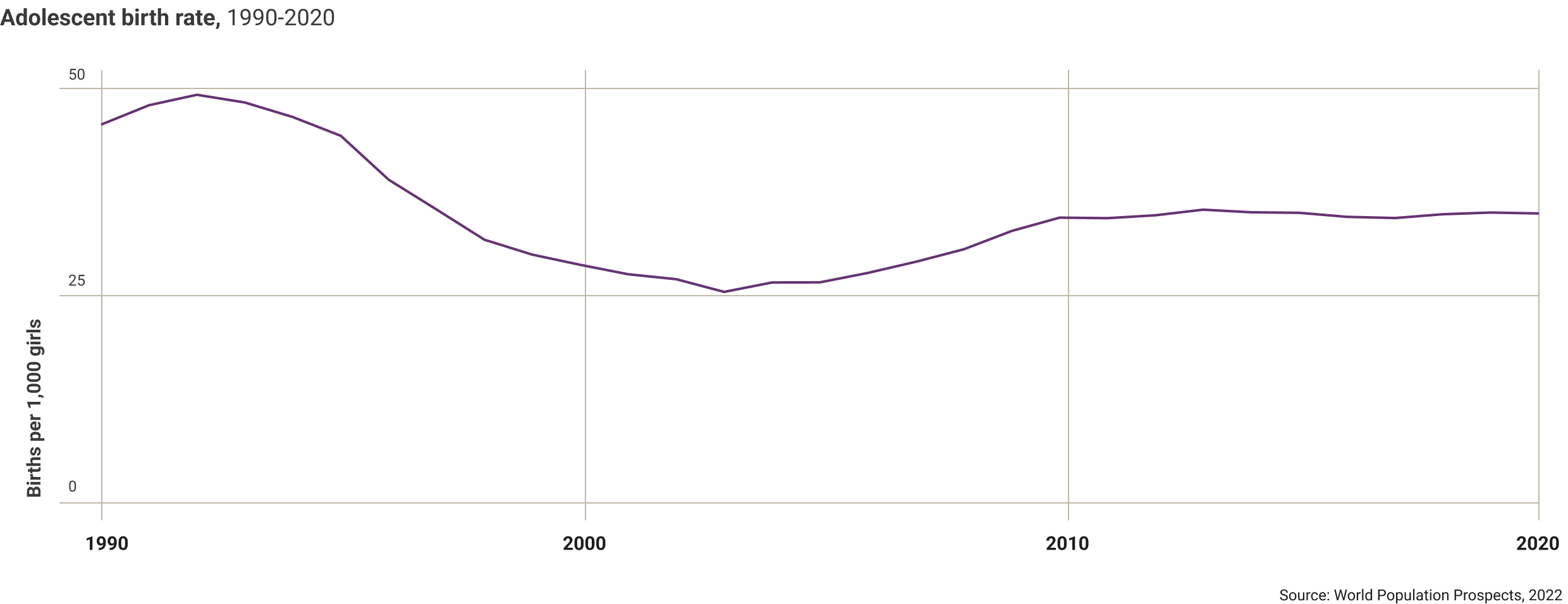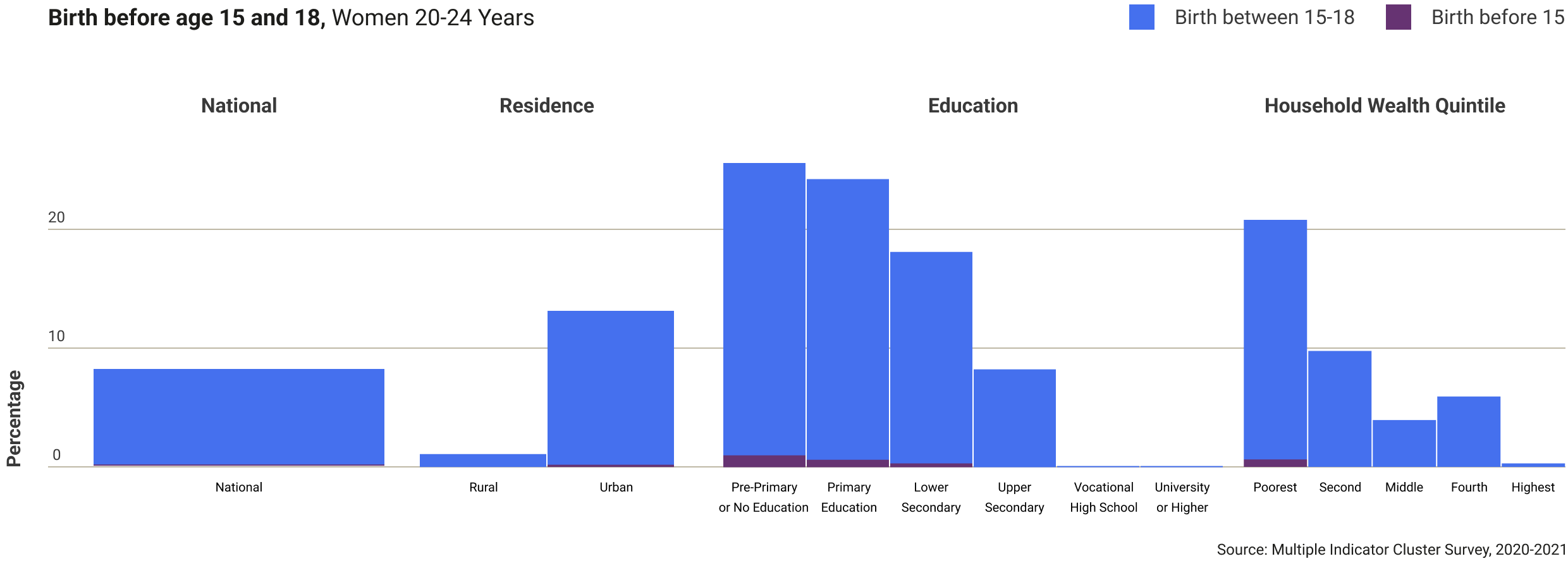Viet Nam
Download full country profile
 99,186,470
Total Population
99,186,470
Total Population
A dispute exists between the Governments of Argentina and the United Kingdom of Great Britain and Northern Ireland concerning sovereignty over the Falkland Islands (Malvinas).
The boundaries and names shown and the designations used on this map do not imply official endorsement or acceptance by the United Nations.
Viet Nam’s Population dynamics Data


Total Fertility Rate (births per woman)
Adolescent (15-19 years) Birth Rate (births per 1,000 girls)
Maternal Mortality Ratio (Per 100,000 live births)
Viet Nam’s national commitment
At the Nairobi Summit, the Socialist Republic of Viet Nam committed to completing the unfinished business of the ICPD agenda and achieving the ambitious SDGs by 2030. The country has also committed to evidence- and human rights-based policies and guidelines towards achieving zero preventable maternal deaths.
The country has pledged to intensify efforts for the effective implementation and sufficient funding for family planning information and services, to integrate a comprehensive essential sexual and reproductive health package including measures for preventing and avoiding unsafe abortions and postabortion care into national universal health coverage strategies, policies and programmes, and to protect and ensure all individuals’ rights.
In Viet Nam, unmet need for family planning and demand for family planning satisfied by modern methods are relatively the same by residence.
Unmet need for family planning decreases and demand for family planning satisfied with modern methods increases with higher levels of household wealth.
Viet Nam’s maternal mortality ratio has increased from 97.4 deaths per 100,000 live births in 2000 to 124.3 deaths per 100,000 live births in 2020, the most recent year for which data is available.
The maternal mortality ratio is 1.8 times higher than the SDG target of 70 deaths per 100,000 live births.
SDG 5.6.2 reflects the extent to which prevailing laws enable or disable women and men’s full and equal access to health and rights.
Viet Nam has achieved 38% of enabling laws and regulations that guarantee full and equal access to maternity care, 52% to contraceptive and family planning services, and 50% to sexuality education.
Viet Nam’s national commitment
Viet Nam has committed towards zero sexual- and gender-based violence and harmful practices (including zero child, early and forced marriage) against women and girls by 2030 in order to realize all individuals’ potential as agents of change in their society – both socially and economically.
In Viet Nam 14.6% of women aged 20-24 years were married before age 18, with 0.2% married before age 15.
Marriage before age 18 is higher in rural areas than urban areas, and it decreases with higher levels of education and with household wealth.
The adolescent birth rate in Viet Nam has decreased from approximately 45 births per 1,000 girls in 1990 to 34 births per 1,000 girls in 2020.
8.2% of women aged 20-24 years had a birth before age 18, including 0.1% before age 15; these rates are the lowest in the region.
Since the Nairobi Summit, the Nairobi commitments have been integrated into various policy documents related to sexual and reproductive health and rights for the period of 2021-2025, including national action plans aimed at enhancing the quality of family planning services, promoting adolescent sexual and reproductive health, implementing a national human papillomavirus (HPV) vaccination roadmap, and addressing maternal and neonatal child health. Urgent needs of those who are left behind, such as ethnic minorities and migrant workers, are at the center of these policy documents.


